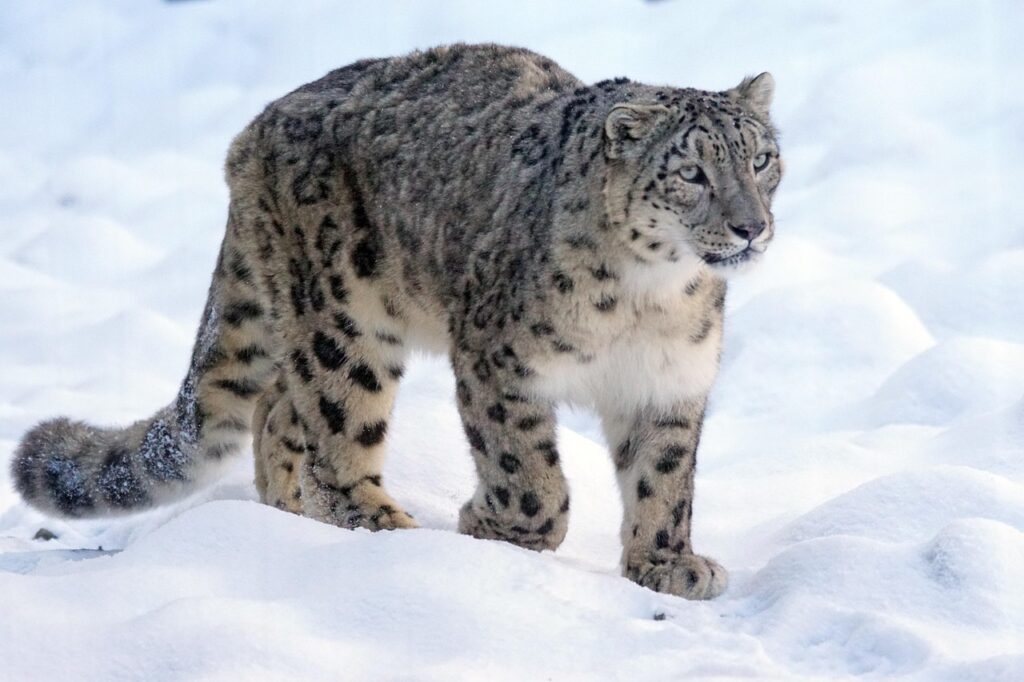Snow Trackers

Snow Footprints
In winter, many animals vanish from sight — but that doesn’t mean they’re gone. The snow holds their stories. Each footprint, drag mark, or scatter of feathers is a moment frozen in time. For those who know how to read them, tracks become a language: quiet signs of survival, struggle, movement, and rest.
Snow turns every animal into a storyteller — even the ones you’ll never see.
Snow turns every animal into a storyteller — even the ones you’ll never see.
Common Tracks You Might Find
- Fox: Narrow, straight lines of paw prints with a dragging tail between them. Foxes walk with precision — no wasted energy.
- Hare or rabbit: Two large rear feet land ahead of smaller front feet. The prints are often in a “Y” shape, especially when bounding.
- Deer: Heart-shaped hoof prints, often in groups of two or four. Trails lead to bedding areas under trees or feeding sites near shrubs.
- Weasel or stoat: Paired prints in bounding patterns. Look near rocks, old walls, or riverbanks where they hunt rodents.
- Wolf or coyote: Larger than a fox, with more spacing between prints. Trails may follow ridgelines, roads, or frozen rivers.
- Mouse or vole: Tiny footprints with tail drag marks. Often appear near fallen logs or snow tunnels leading to grassy patches.
Other Signs in the Snow
- Wing prints: A perfect outline where an owl or hawk dropped in to grab prey — often with no other sign nearby.
- Scat: Frozen droppings can identify species and even hint at diet (berries, fur, seeds).
- Urine marks: Yellow stains in snow often used for scent-marking — common with foxes and wolves during mating season.
- Bed sites: Flattened patches where deer or moose lay to rest, sometimes still warm to the touch in deep snow.
Tips for Snow Tracking
- Go early. Morning light and fresh snow make tracks easier to see and interpret.
- Bring binoculars and stay downwind — you might spot the track-maker still nearby.
- Walk slowly. The story is in the details: pace, depth, direction, and interruptions.
- Photograph tracks from directly above with something for scale — like a glove or boot print.
Tracking in snow isn’t just about identification — it’s about awareness. You start noticing things you never saw before: patterns in movement, signs of struggle, hidden paths that weave through the trees. And suddenly, winter doesn’t feel so empty. It feels alive.
